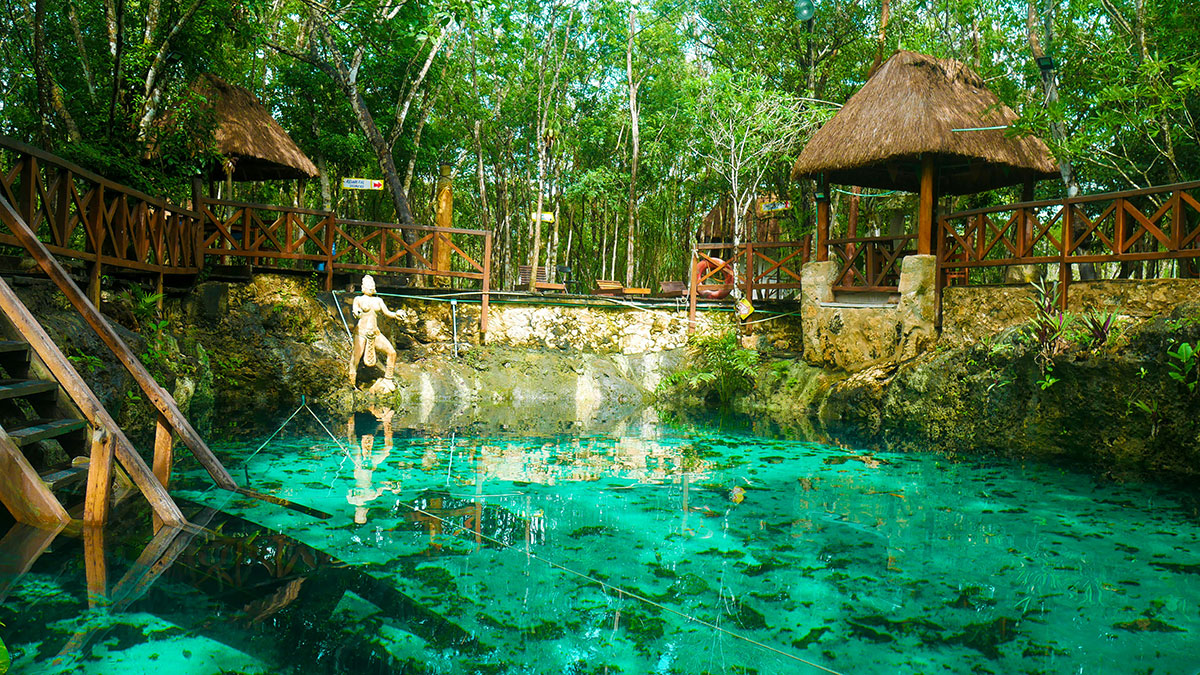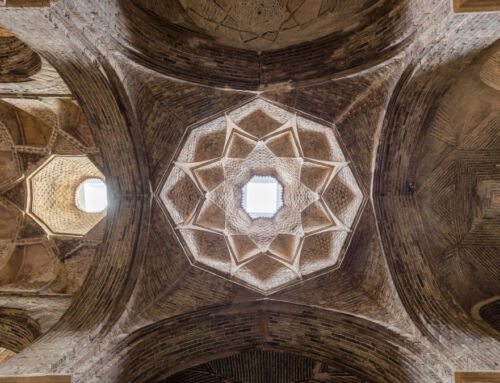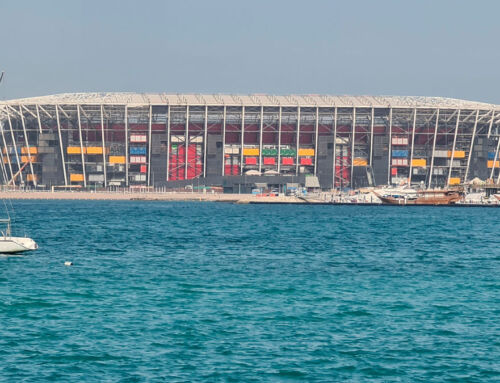The Mayan civilisation began to develop from 2000 BC in the geographical area known as Mesoamerica (comprising the southern half of Mexico, Guatemala, El Salvador, Belize, Honduras, western Nicaragua and Costa Rica). This civilisation was noted for its art and mythology, architecture, numbering system and mathematics, astronomy and writing system (one of the few fully developed on the American continent before the arrival of the Spanish).
However, from the 6th century onwards, slowly, stealthily, somewhat mysteriously, it began to decline, its cities became depopulated (especially those in the south), great monuments ceased to be built, and the Mayan civilisation fell silent until it almost disappeared from the 10th century A.D. Historians hypothesise that its decline was the combined result of endemic warfare, acute environmental degradation due to overpopulation and drought. Barely a sizable population survived in the northern towns until Spanish colonisation finally arrived.
The more than 3,000 years of history of the Mayan civilisation would not have been possible without proper water management on their part. Recent research on their management of the precious element only accentuates the importance of this fact. One of the latest of these studies is precisely that carried out “equally” by University of Cincinnati (USA) professors Kenneth Barnett Tankersley and Vernon L. Scarborough (Department of Anthropology and Geology), Nicholas P. Dunning and Christopher Carr (Department of Geography), and David L. Lentz (Department of Biological Sciences). Lentz (Department of Biological Sciences).
Their research focused on “the undisturbed sediments of the Corriental reservoir at the Maya city of Tikal“, in the deep jungles of the municipality of Flores, department of Petén, in the north of the Republic of Guatemala. Suffice it to add, to complete the context, that Tikal was one of the largest urban centres of the pre-Columbian Mayan civilisation and forms part of the national park of the same name, a UNESCO World Heritage Site since 1979.
However, after careful analysis of these ‘undisturbed’ sediments from the Corriental reservoir, which was an important source of drinking water for more than 1,000 years (between the Late Preclassic and Late Classic periods, or from 350 BC to 830 AD), the University of Cincinnati researchers found ‘a mixture of zeolite and coarse, sand-sized crystalline quartz’.
According to the University of Cincinnati researchers, zeolite, a non-toxic aluminosilicate, ‘has adsorbent properties because its three-dimensional microcrystalline pore spaces create a natural molecular sieve’, giving it ‘the ability to filter out harmful microbes, nitrogenous compounds, and other dispersed insoluble and soluble inorganic and organic toxins from drinking water’. However, the finding of zeolite does not in itself serve as evidence for the conclusion the professors reached. They first had to check a number of things that made it plausible:
-The deposits of these minerals, zeolite and quartz, were not located in the vicinity of the city of Tikal, but about 35 km to the northeast. It was therefore necessary to transport them there.
-In all the strata of the Corriental reservoir, one of the largest in the ancient city, they found the remains of earthenware jars of different sizes for transporting water.
-Corriental “has only minor evidence of chemical pollutants and no evidence of blue-green algal blooms”. Furthermore, of the 5 existing at Tikal, “is the only excavated reservoir, which was not heavily dredged“.
-The Corriental reservoir “is not only anomalous at Tikal, but in all the Maya lowlands”, as it is the only one with evidence of zeolite use.
-A Cretaceous-Tertiary coarse crystalline tuff was discovered exposed northeast of Tikal, where “the co-occurrence of macro-crystalline euhedral quartz, zeolite, and clean drinking water was likely the symbolic connection and empirical basis for the Maya choosing to mine this resource”.
As such, all this evidence and clues led researchers to conclude that the Maya used a water filtration system to make water drinkable in the Corriental reservoir. This would be, in this case, the oldest water filtration system in the Americas and one of the oldest in the world, and shows that the Maya used it 2 millennia before similar systems were used in Europe.
You can read the full study, with a wealth of specialised data, via the link in our source acknowledgement (in Nature).
Sources: Nature, National Geographic, Blue Gold.













